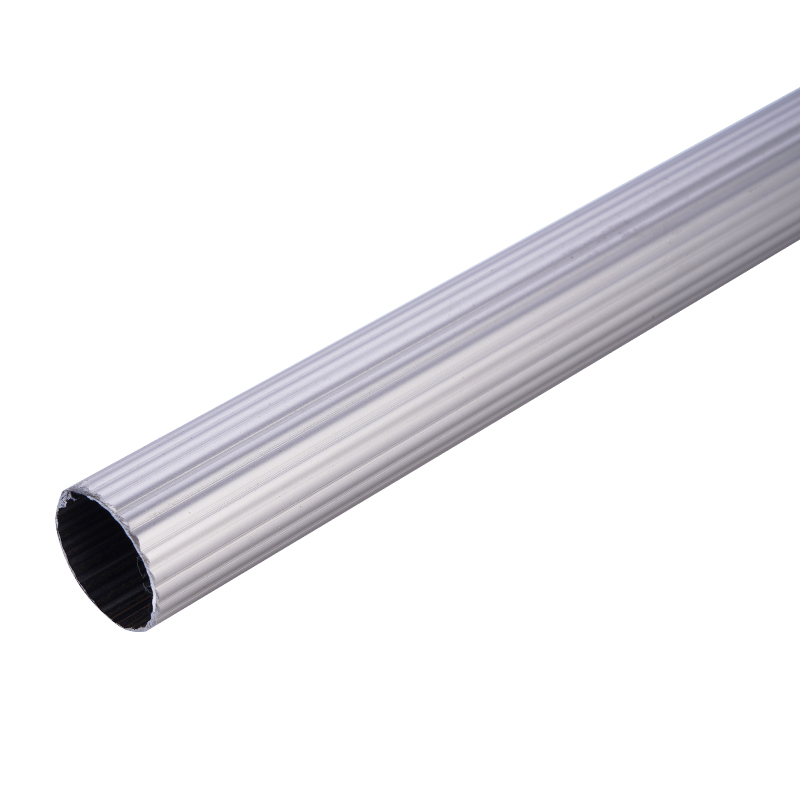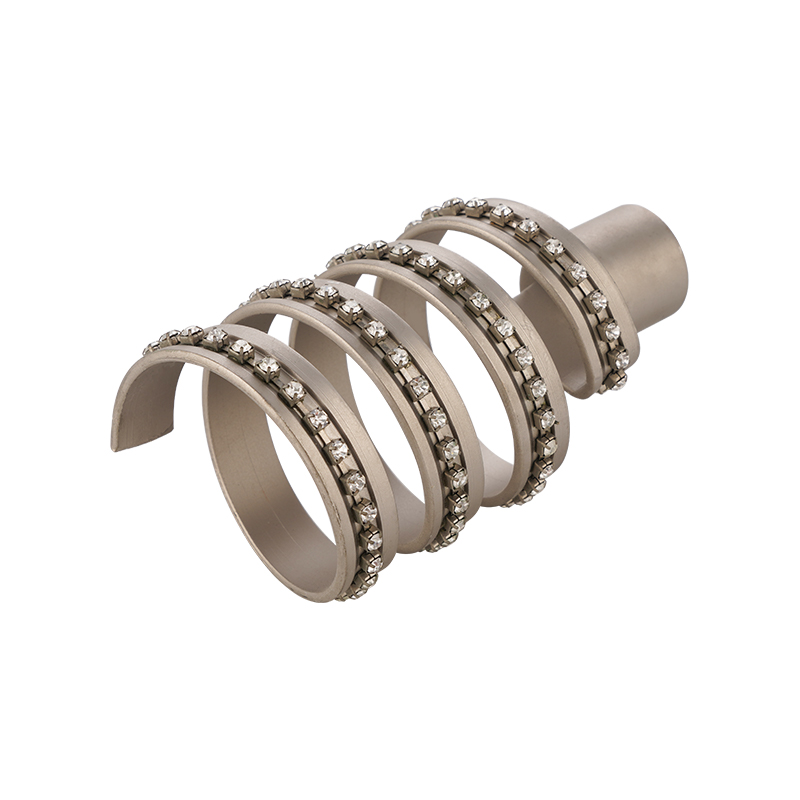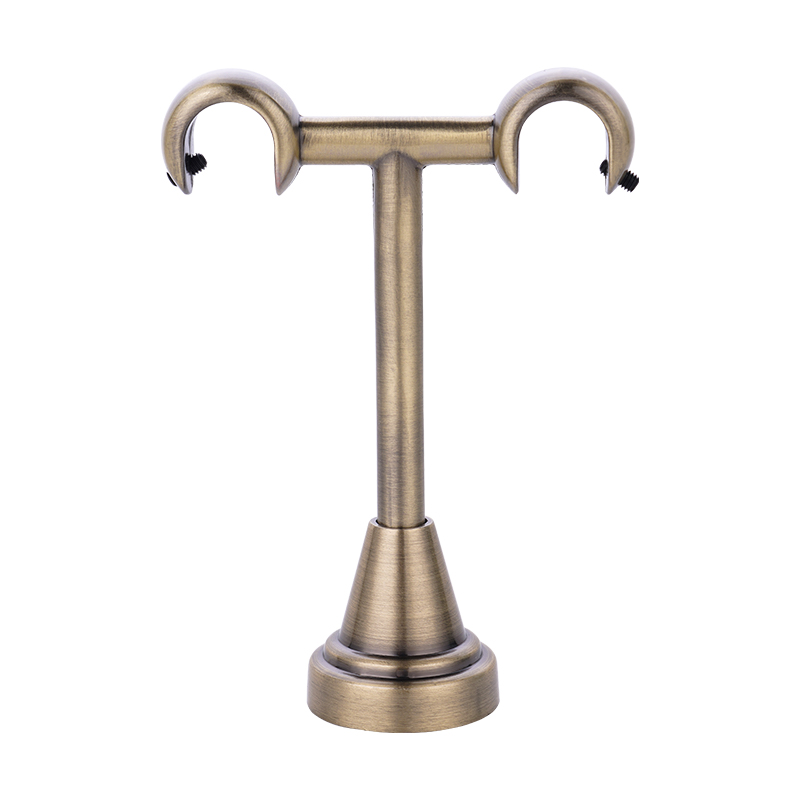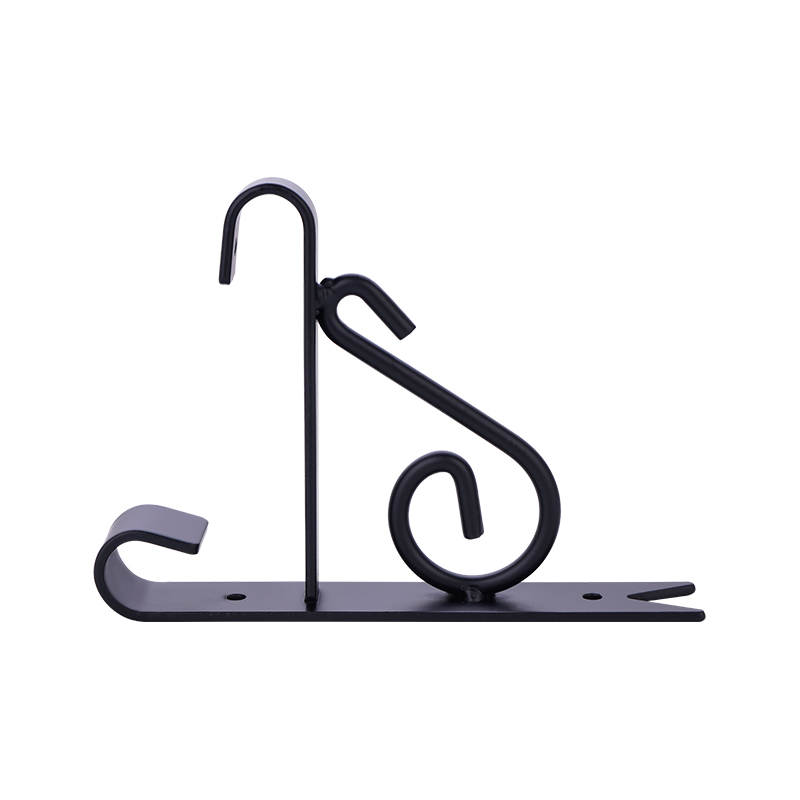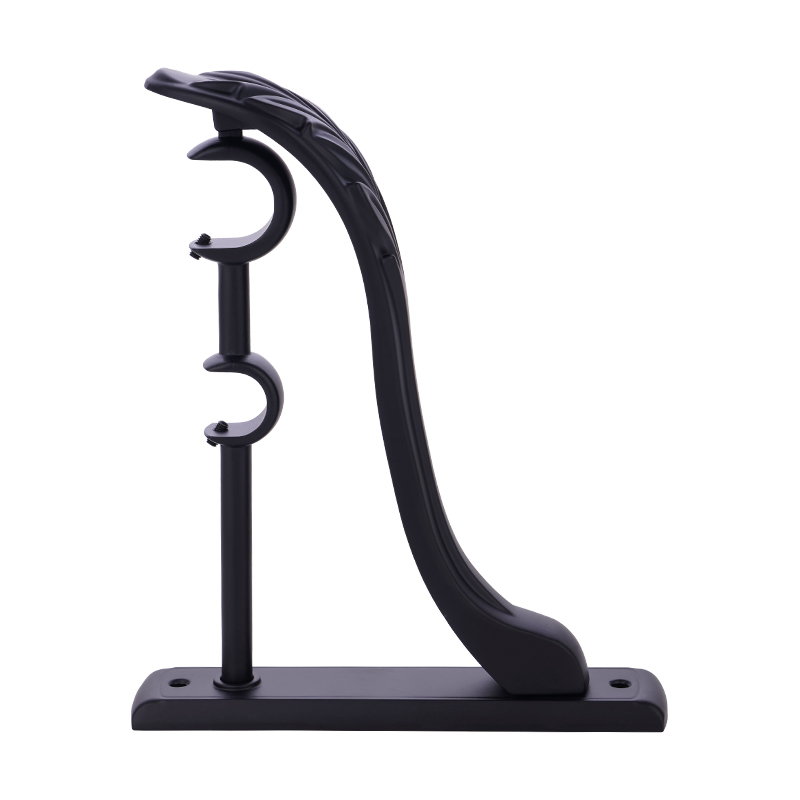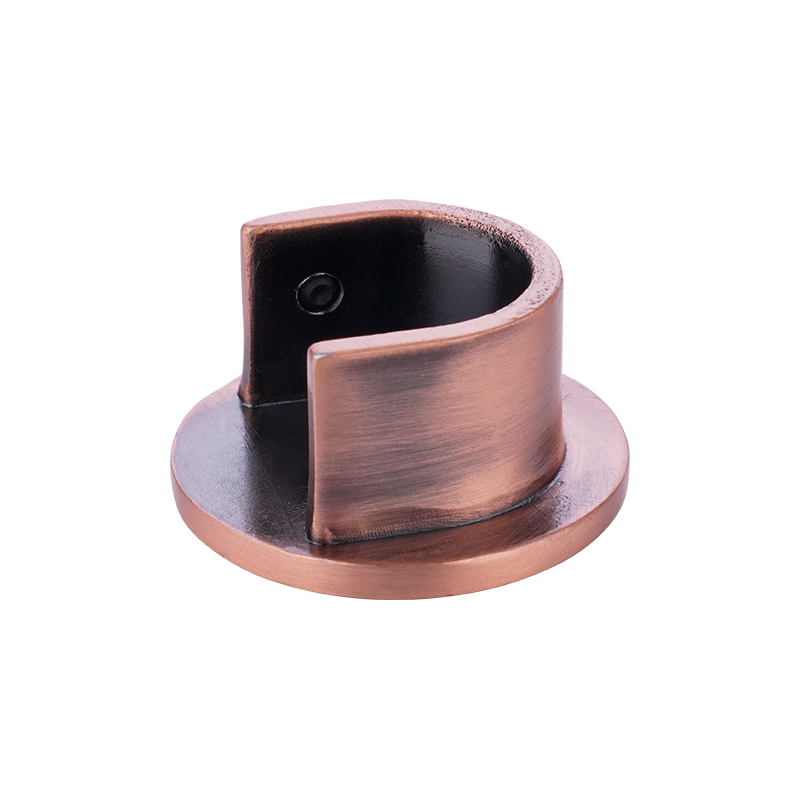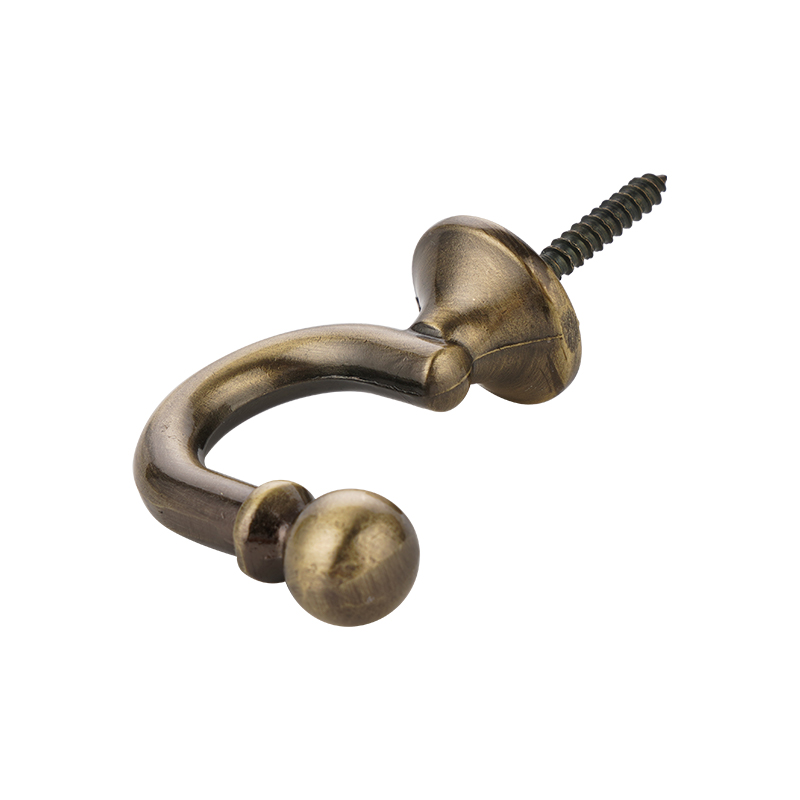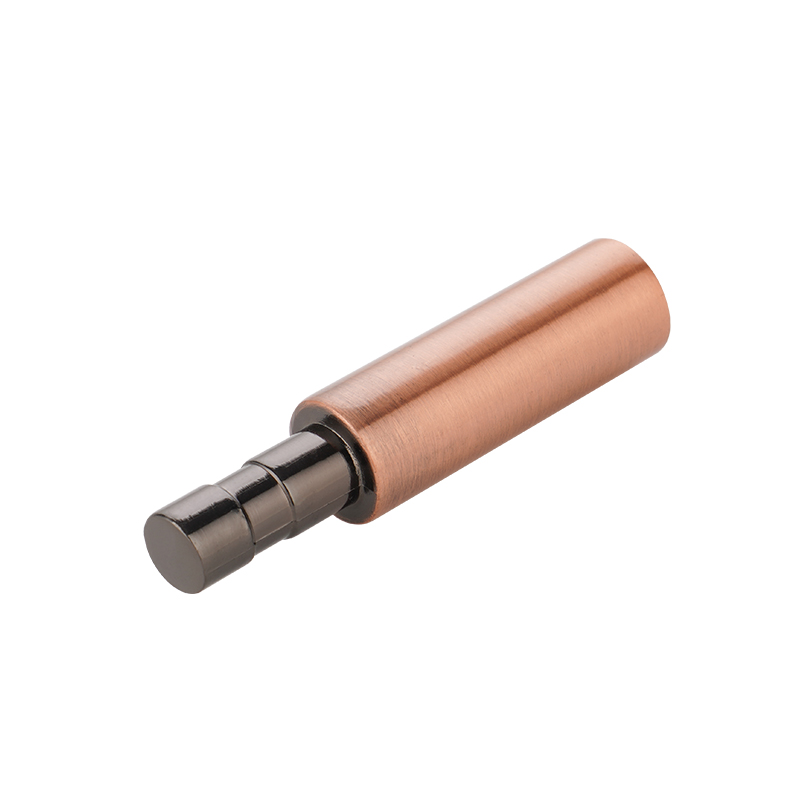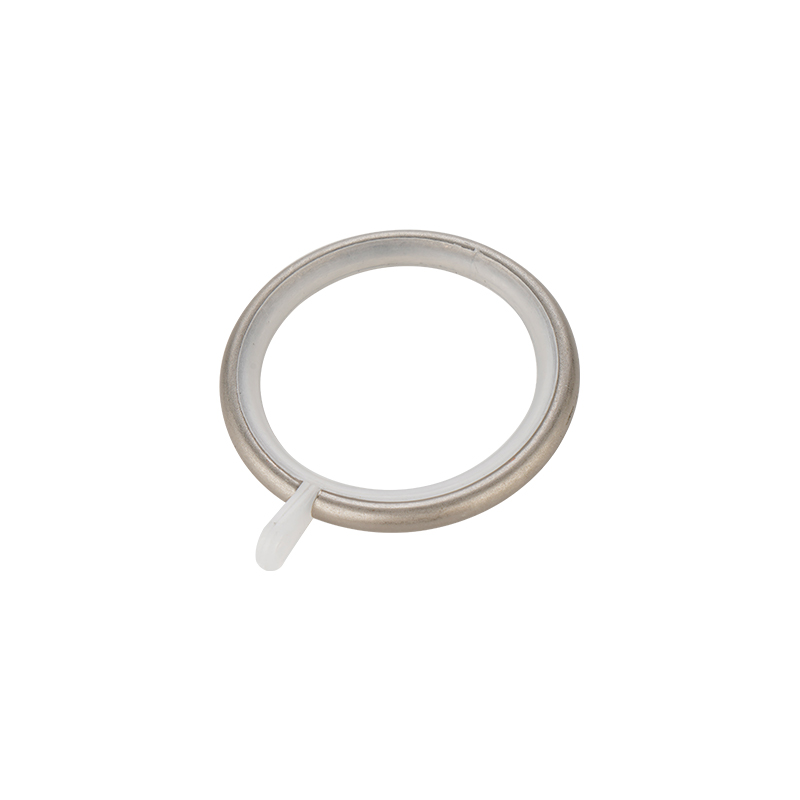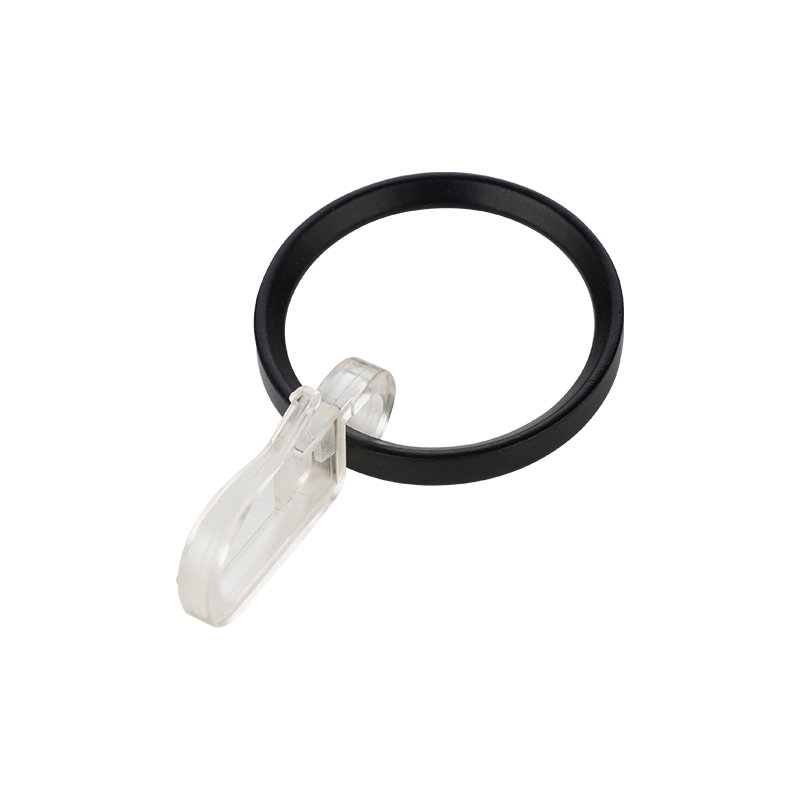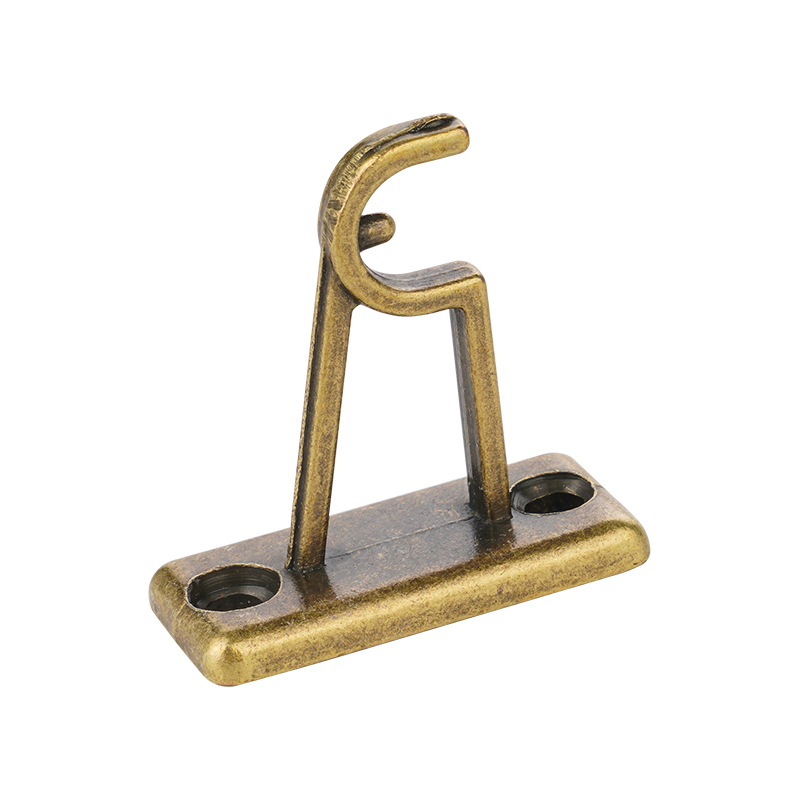The selection of suitable curtain brackets requires comprehensive consideration of curtain type, weight, installation location, functional requirements, and aesthetic effect. For heavy curtains, such as blackout curtains, soundproof curtains, or velvet curtains, sturdy metal brackets such as aluminum alloy or stainless steel brackets are the best choice. Ensure that the brackets have sufficient load-bearing capacity and are firmly installed to prevent sagging or falling. For lightweight curtains, such as gauze curtains, light cotton curtains, or linen curtains, lighter plastic or wooden brackets can be selected. These brackets are usually sufficient to support lightweight curtains and provide a variety of decorative options.
Installation location is also a key factor. For wall-mounted brackets, stronger fixing is required. Choose brackets with a larger mounting base to ensure secure installation, especially for heavy curtains. Ceiling installation requires specially designed ceiling brackets, which typically have longer support arms to ensure that the curtains do not touch the ceiling when sliding.
For double curtains, such as sheer curtains and blackout curtains, double-track brackets can be selected. This type of bracket can support two curtain rods at the same time, making it easy to operate the curtains independently. Some curtain brackets have adjustment functions, which can adjust the length and angle of the brackets as needed, suitable for situations where the curtain position needs to be frequently adjusted or to adapt to different curtain lengths.
In special environments, such as high-humidity bathrooms or kitchens, brackets made of corrosion-resistant materials such as stainless steel or aluminum alloy with waterproof coating should be selected. These materials can resist moisture and corrosion and extend their service life. In children's rooms, choose brackets with safety designs, such as those without sharp edges and good stability, to ensure the safety of curtain installation.
